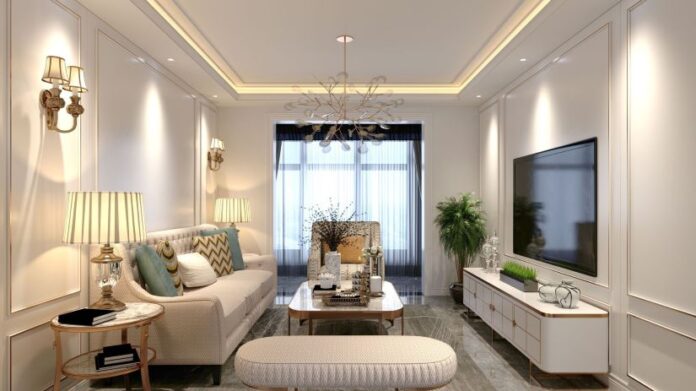Selecting the best interior lights for your space is essential for creating a comfortable, functional, and visually appealing environment. The importance of interior lighting goes beyond simple illumination; it influences the mood, ambiance, and overall aesthetics of a room.
Here’s why interior lighting is important and some considerations for choosing the best lights:
Importance of Interior Lighting:
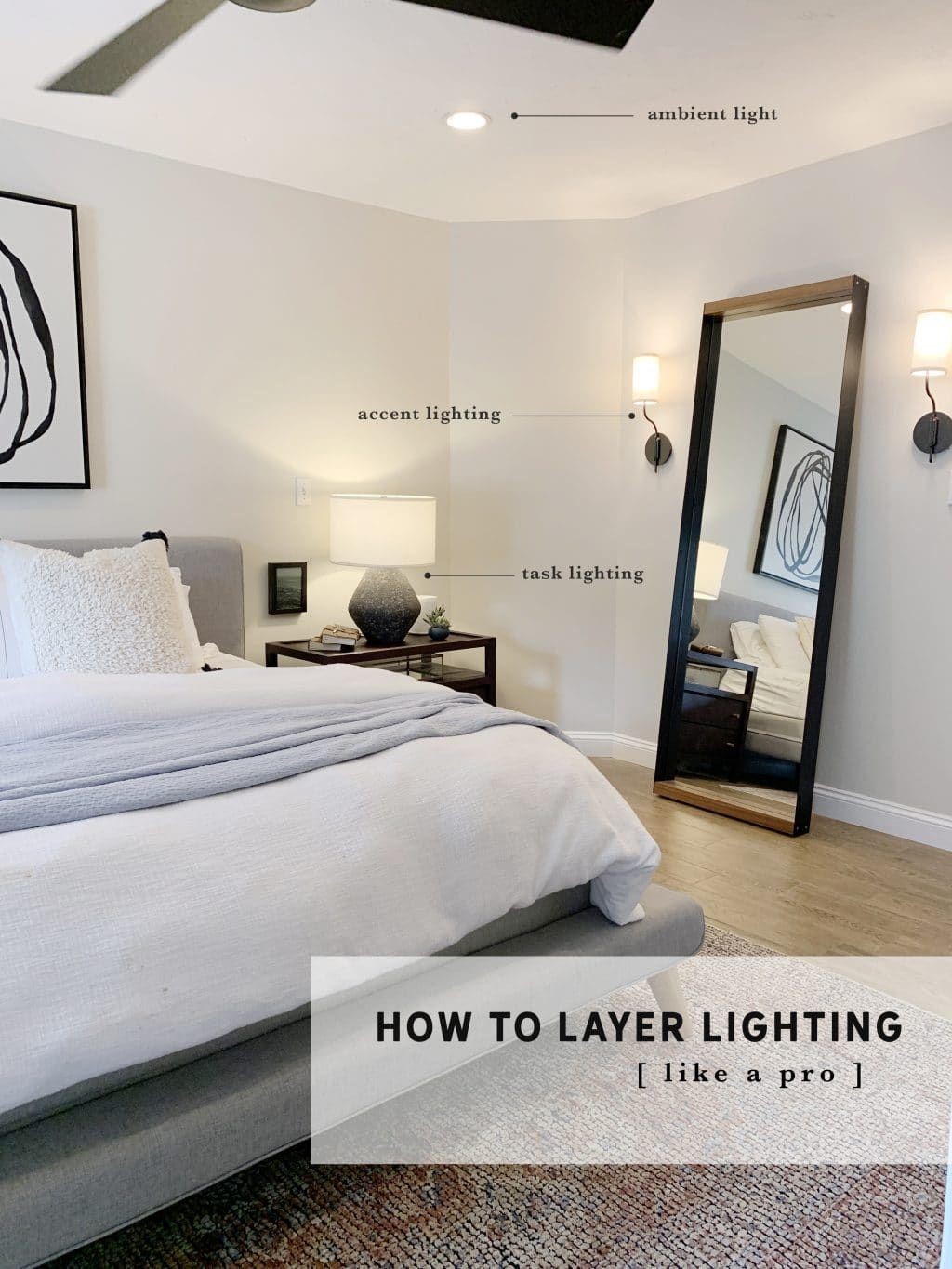
Ambiance and Mood:
Different lighting setups can create various moods within a room. Soft, warm lighting can evoke a cozy and relaxing atmosphere, while bright, cool lighting can make a space feel energetic and vibrant.
Functionality:
Proper lighting enhances the functionality of a room. Task lighting, such as desk lamps or under-cabinet lights in the kitchen, helps in performing specific activities effectively.
Aesthetics:
Well-designed lighting fixtures can serve as decorative elements, adding to the visual appeal of a room. Chandeliers, pendant lights, and wall sconces can become focal points and enhance the overall design.
Spatial Perception:
Lighting can influence how we perceive the size and dimensions of a room. Strategically placed lights can make a room appear larger or cozier, depending on the desired effect.
Health and Well-being:
Natural daylight and the right type of artificial lighting contribute to our well-being. Proper lighting can reduce eye strain, promote better sleep patterns, and affect our overall comfort.
Considerations for Choosing the Best Interior Lights:
Type of Lighting:
- Ambient Lighting:
Provides overall illumination to a room. Options include ceiling fixtures, recessed lights, and track lighting.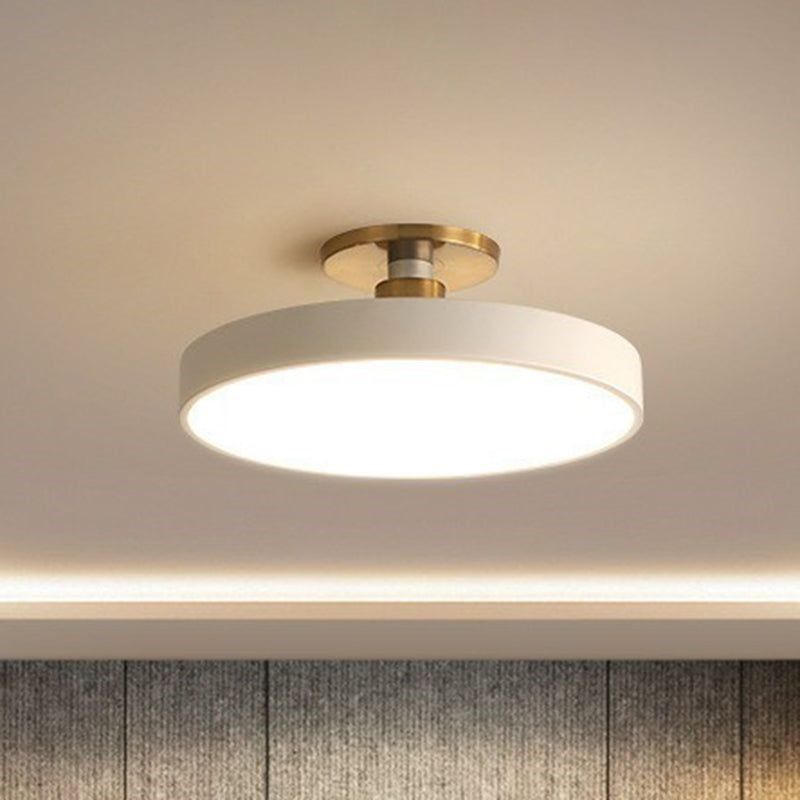
- Task Lighting:
Focused lighting for specific tasks like reading, cooking, or working. Desk lamps, pendant lights, and under-cabinet lights are common examples.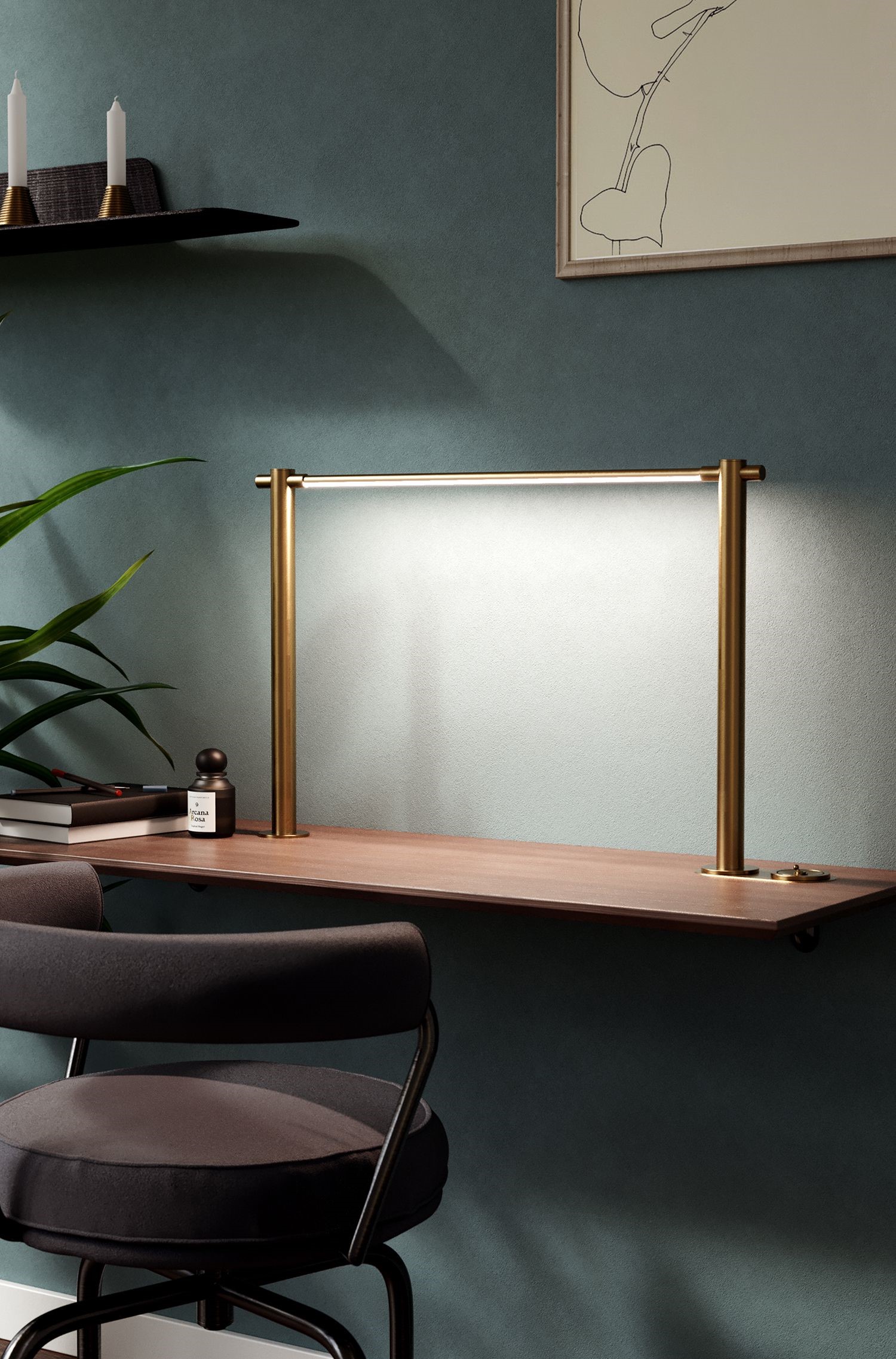
- Accent Lighting:
Used to highlight specific features like artwork, architectural details, or decorative elements. Track lighting, wall-mounted fixtures, and spotlights are used for this purpose.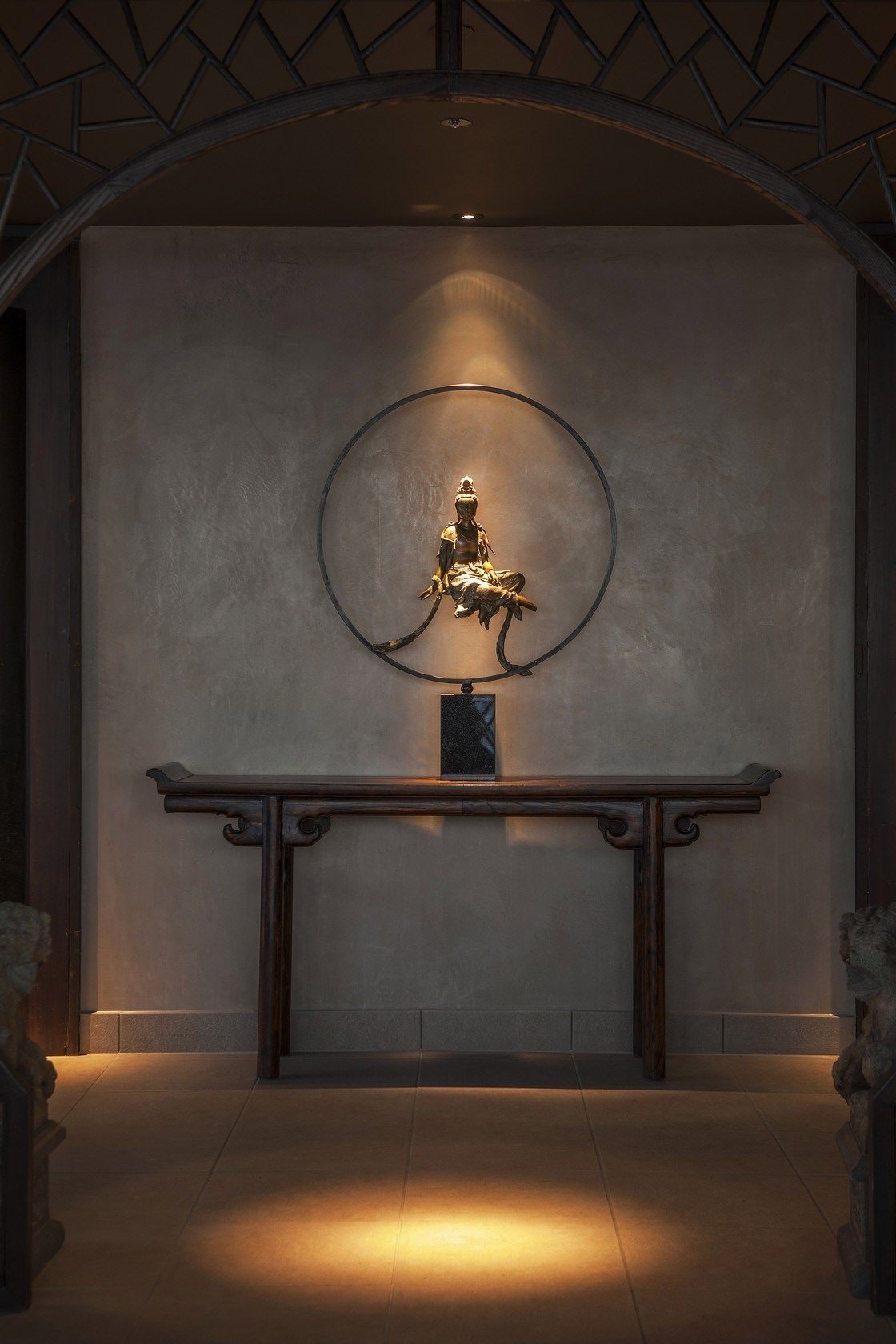
- Lighting Fixtures:
Consider the style and aesthetics of your room when choosing fixtures. Modern, traditional, industrial, and minimalist fixtures are available to suit different design preferences.
Ensure the size of the fixture complements the room’s proportions.
Light Bulb Types:
- Incandescent: Warm, familiar light, but less energy-efficient.
- LED:
Energy-efficient, long-lasting, and available in various color temperatures. - CFL:
Compact fluorescent lights are energy-efficient but take a moment to reach full brightness. - Halogen:
Bright and similar to natural light, but less energy-efficient. - Color Temperature:
Color temperature influences the mood of a room. Warmer tones (around 2700-3000K) create a cozy ambiance, while cooler tones (around 4000-5000K) are more energizing.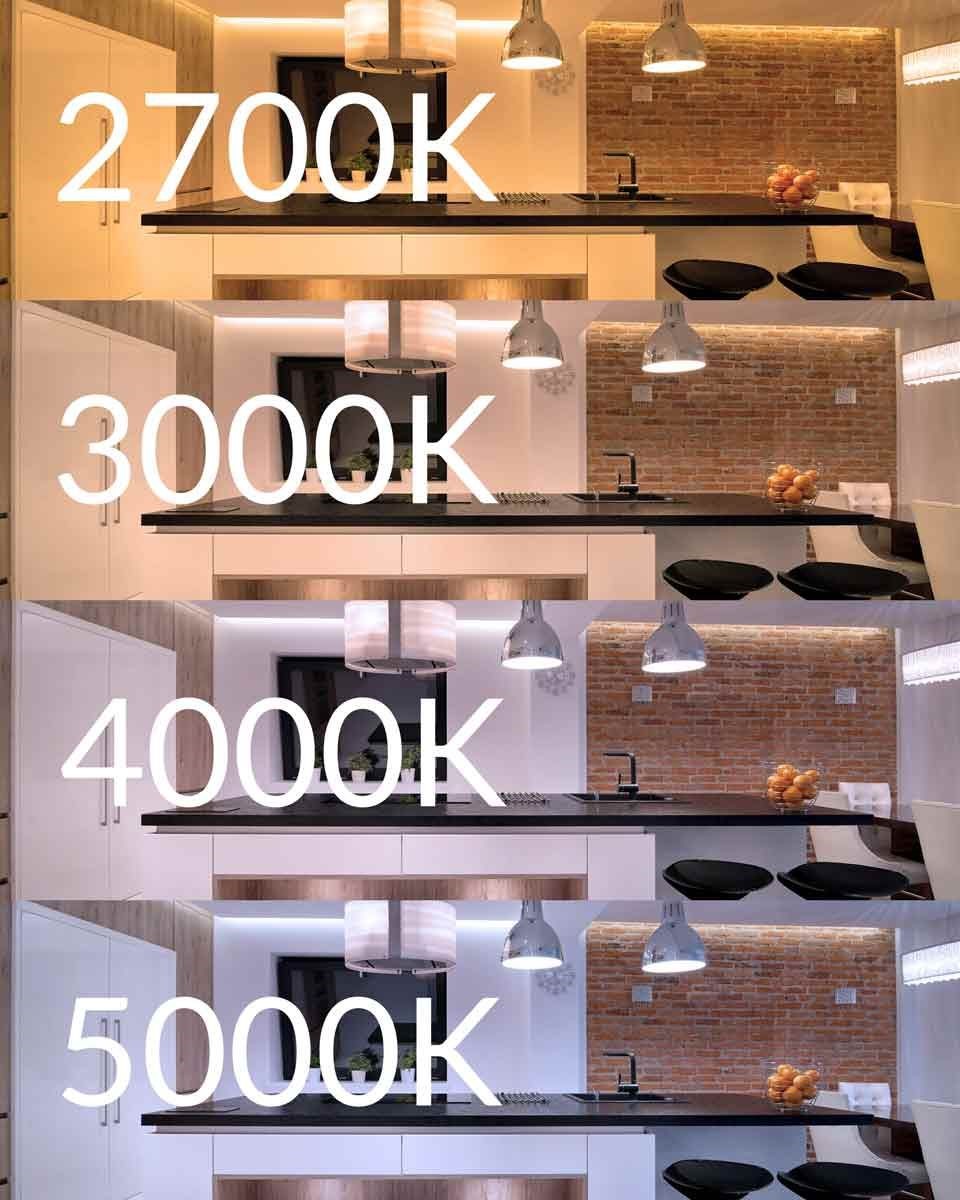
- Dimmers and Controls:
Install dimmer switches to adjust lighting levels according to different activities and moods. - Natural Light Integration:
Maximize the use of natural light during the day through windows, skylights, and light tubes. - Energy Efficiency:
Opt for energy-efficient bulbs like LEDs to reduce electricity consumption and lower utility bills. - Room’s Purpose:
Consider the activities that will take place in the room. For instance, a living room might require a mix of ambient and accent lighting, while a home office needs focused task lighting. - Installation and Maintenance:
Consider ease of installation and maintenance when selecting fixtures and bulbs.
Remember, the best interior lights will be those that suit your space, needs, and personal preferences while enhancing the overall aesthetic and functionality of your home.

